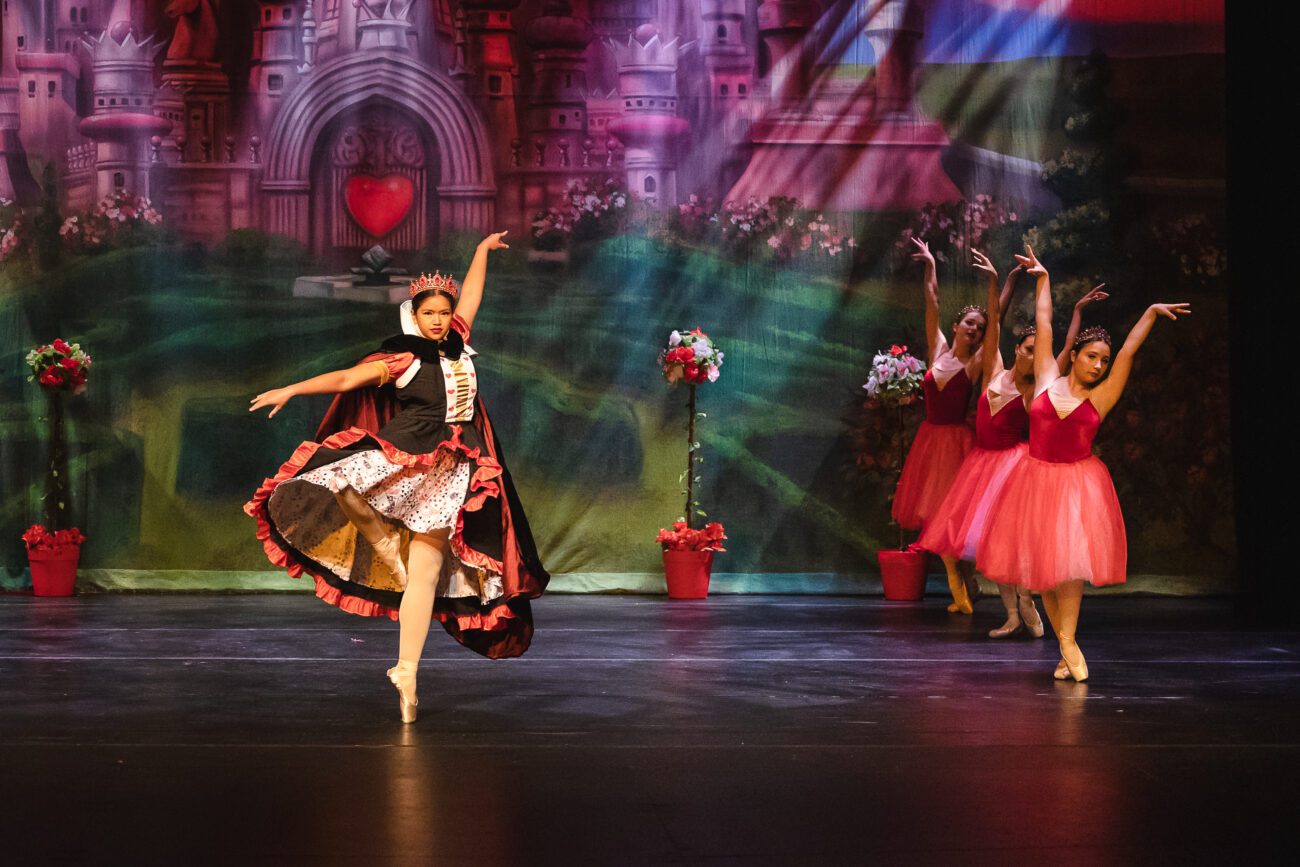Solid Foundations at Philadelphia Dance Academy
With locations in Philadelphia and Ardmore, Philadelphia Dance Academy is setting the stage for its students to have a lifelong appreciation of dance.

How It Began
Nineteen years ago when Lori Lahnemann was setting up her business plan for her first dance academy she spent a lot of time thinking about the type of environment she wanted to provide to her students. “From the start, I envisioned an inclusive environment,” says Lahnemann. “A professional, positive environment where all students could benefit from being together and working hard towards a goal. So your neighbor next to you at the barre might not have the same end result or even end goal, but you can progress together just like you do in school.”
So naturally when she opened Philadelphia Dance Academy (PDA) in Center City her tagline became “professional training in a positive environment.” She, along with all of the teachers she has hired over the years, have embodied that tagline. “I think the best thing about Philadelphia Dance Academy is our teachers,” says Lahnemann. “Our faculty is really collaborative and supportive and that behavior is modeled by our students. The dancers create that same culture amongst themselves.” The environment at PDA has been so well received that Lahnemann has since opened a second studio on the Main Line in Ardmore. Offered at both her Philadelphia and Main Line locations are Early Childhood Dance, Primary and Pre-Professional Ballet Programs, a Boys Scholarship Program, Theater Dance, Contemporary Dance, Adult/Teen Recreational Classes, and Pilates.

Photo by Alexander Izialaev.
How it’s going
Fantastic teachers produce fantastic students and PDA has almost two decades full of dancers to hold in high regard. “There is great value in committing to a pre-professional training program,” says Lahnemann. “And also great value to the skills you learn in the process.” Many dancers start at the studio as toddlers and continue their training through their high school years. “All have trained in our program in a very dedicated, rigorous way and once they are in college many keep dance in their life in various ways,” she continues. “No matter what path they choose, I think that the lessons learned through dance education prepares them for success in life in general.”

Photo by Victoria Bastian.
Looking to the future
Anna Patchefsky is a former PDA student who acknowledges how beneficial the environment at the studio has been to her life. “For my first performance at PDA I was a ladybug,” Patchefsky recalls. “13 years later, I traded in the black-polka-dotted wings for the Sugar Plum Fairy’s pink tutu. I am beyond grateful for the lessons in dedication, community, creativity and so much more that Miss Lori has taught me.” Now a junior at Columbia University, Patchefsky is still an active member of the dance community at college, through clubs such as Columbia Ballet Collaborative and Columbia Repertory. “I’ve realized just how lucky I was to come from a place like PDA—it taught me how passion, precision, and artistry extend way beyond the barre,” she says. “PDA has been one of the most important parts of my life and I still come back to take classes whenever possible.”
One of the many lessons her dance students learn is the power of patience. In a current time of instant gratification and the desire for immediate results, dance requires students to embrace practice and commitment. “There’s no fast track or shortcuts in dance training,” says Lahnemann. “And so I think dancing is a really positive, constructive, joyful way to learn the lessons of patience, dedication, and perseverance.” Former PDA student Darlene Leohansson has applied these life lessons to her time at the University of Pennsylvania. “Although I am not pursuing a professional career in the field, the Philadelphia Dance Academy inspired my life-long love for dance and in turn has opened the door for some of my greatest interests,” says Leohansson. “I’ve always loved how dance combines artistry and expression with the mechanics of the human body, and maybe that’s why I’m interested in medicine. Undoubtedly, however, PDA is why I now teach dance and the arts in Philadelphia middle schools, and why I continue to grow as a student and dancer myself.”

Photo by Victoria Bastian.
In all of PDA’s classes there are students with various skills, talents, and, of course, body types and all are appreciated. “Everyone, no matter their end goal, is training the same way,” says Lahnemann. “Not everyone is training with the intention of pursuing a professional career as a dancer and that is ok, but everyone is prepared with this skillset of being organized, being responsible and being efficient with their time.” Eva Bendesky danced at PDA for 12 years. When she was a senior in high school she trained at Miami City Ballet School. Currently she’s a ballet major at Indiana University with an outside field in Psychology. “PDA taught me how to balance pursuing the rigorous career of ballet while also being able to honor my academic studies,” she says. “I am beyond grateful for the nurturing, versatile, thoughtful, and challenging training that I received during my time there.”
Philadelphia Dance Academy is located at The Creative Arts Building, 219 Cuthbert Street, 3rd Floor, Philadelphia and 116 Cricket Avenue, Ardmore.
Photos courtesy of Philadelphia Dance Academy. Lead photo taken by Tricia Pompilio.
Philadelphia Dance Academy supports the Philadelphia Family Community. Read more about them in their story The Philadelphia Dance Academy: Professional Training in a Positive Environment.





